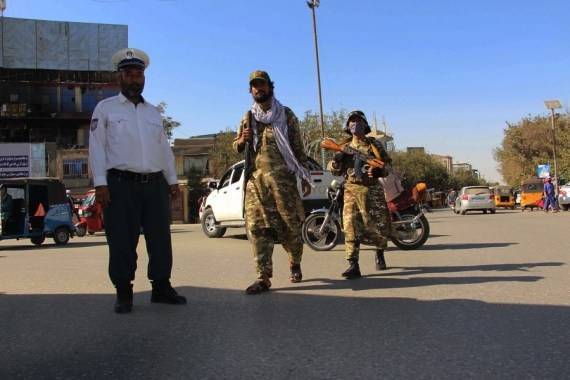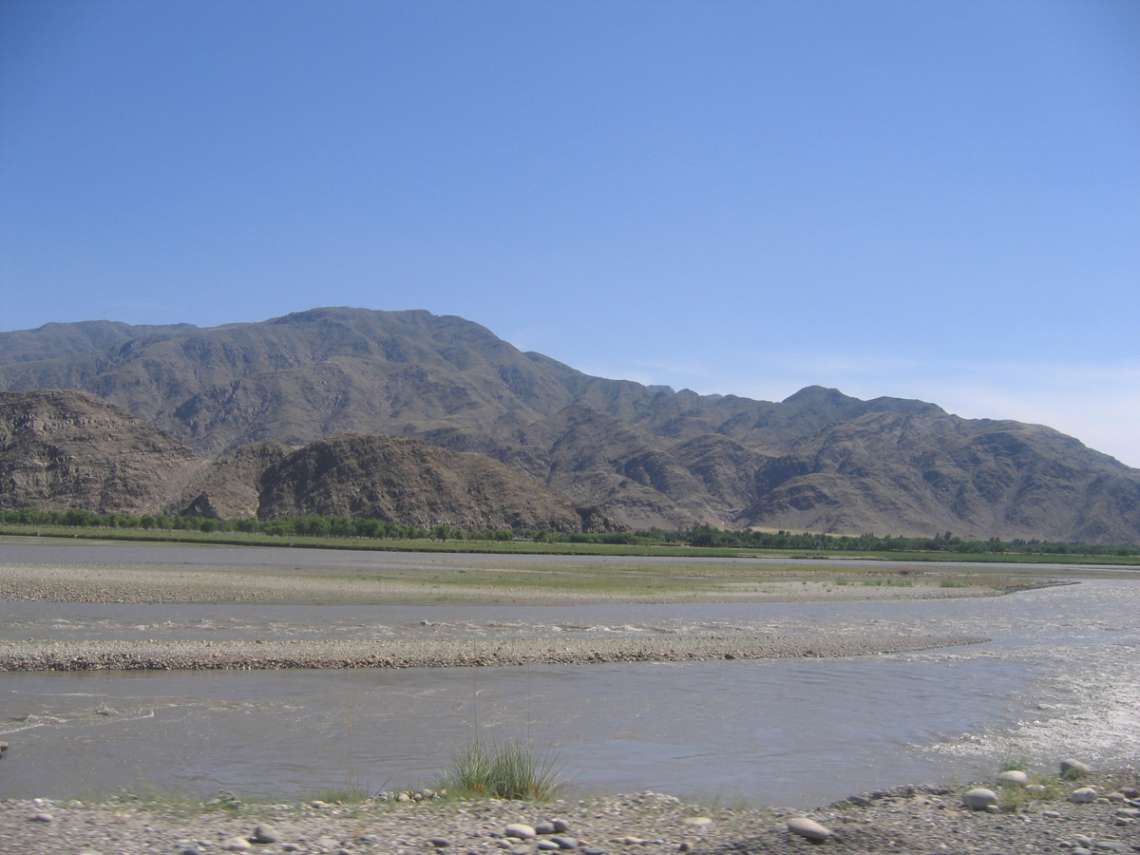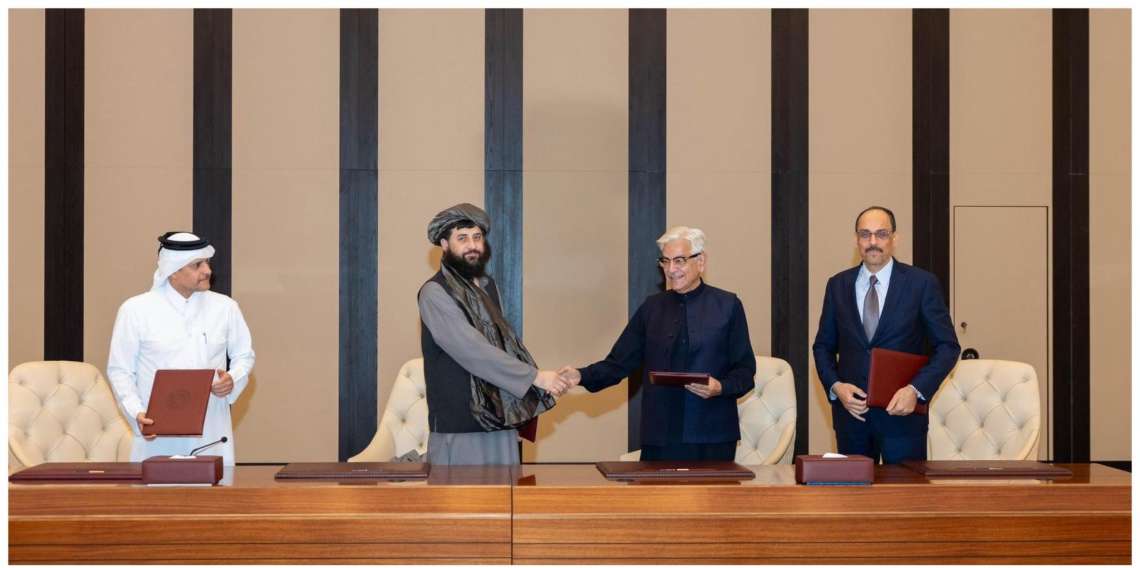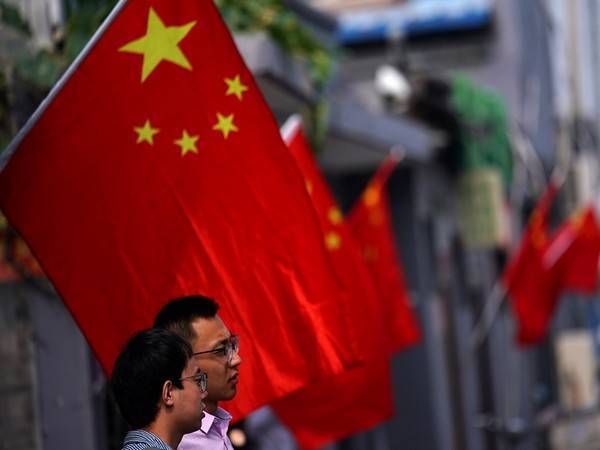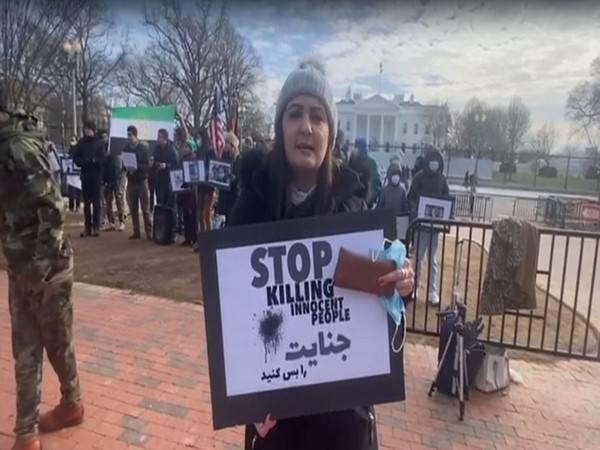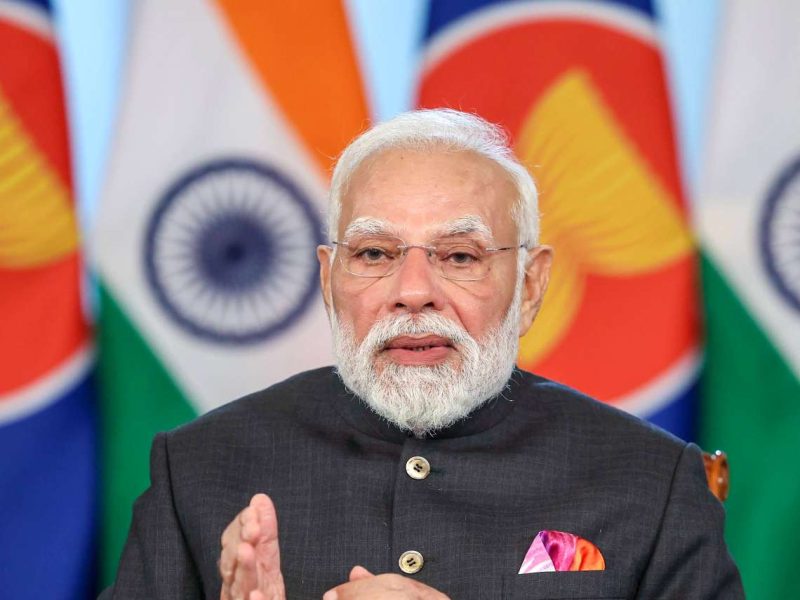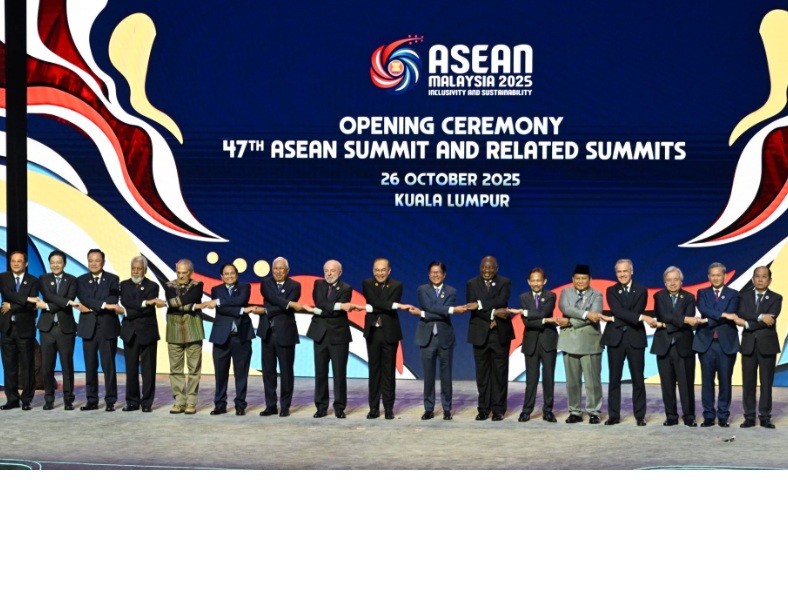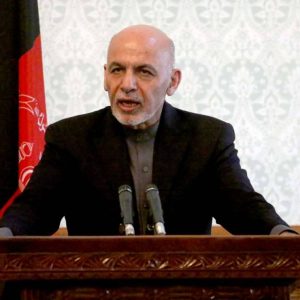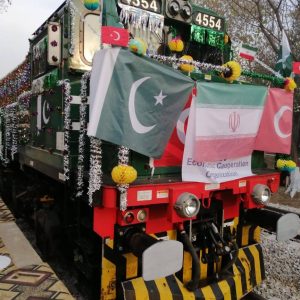According to the data, Peshgam and Rah-i-Farda TV channels carried out major downsizing of women staff members. Earlier, 15 female staffers worked for Peshgam TV. But now, the TV channel has no female journalists…reports Asian Lite News
Data from 15 Afghan media outlets revealed that the number of women journalists associated with them has declined by 50 per cent and the media outlets were downsized since the Taliban took control of Afghanistan last August.
Pajhwok Afghan News collected the data over the past 20 days from 15 print and electronic media outlets. The data was obtained from Aryana TV, Zwandon TV, Tamadon TV, Aryana News, Aina TV, Arzo TV, Noor TV, China Centre, Rahi Farda TV, Ghazal TV, Aryana Radio, Sar Ahang, Ghazal, Daily Anis and Paik-i-Aftab News Agency.
Officials/workers of these news organisations provided this information over the telephone.
According to the data, Peshgam and Rah-i-Farda TV channels carried out major downsizing of women staff members. Earlier, 15 female staffers worked for Peshgam TV. But now, the TV channel has no female journalist, reported Pajhwok Afghan News.
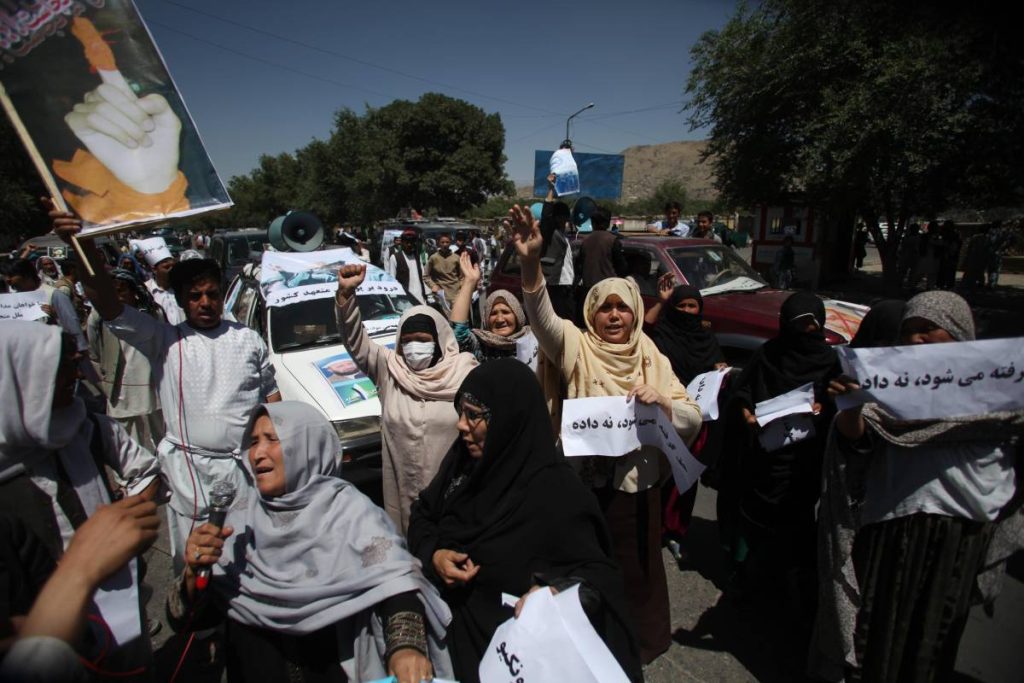
Zahra Nawa, a reporter with Paik-i-Aftab New Agency, complained this blatant injustice and discrimination towards female media employees were being seen under the present government.
She said Paik-i-Aftab News Agency started functioning after the takeover of the Islamic Emirate. Initially, 11 female employees worked for it but with the passage of five months, most female workers have quit their jobs due to restrictions and insecurity. Only four female employees are now working for it, reported Pajhwok Afghan News.
Nawa asked the caretaker government to respect the right of free speech and avoid snatching the right of access to information from journalists. She urged Taliban government officials to allow female media staff members to work freely and disseminate facts to the masses, reported Pajhwok Afghan News.
Waheed Naweesa, Assistant Director of Peshgam TV News Department, said there were different reasons for the departure of female journalists. Some families did not let their female members go out, he said, adding economic constraints after the fall of the previous government was another reason.

Daily Anis is one of the few media outlets that have seen no change. Earlier, two women worked for the newspaper and they are still there. However, Zarbi revealed that the job had been converted to a weekly due to financial problems, reported Pajhwok Afghan News.
Maryam Hotak, working for China Central TV and, complained access to information had been curtailed. A few days back, when a press conference was held at the Ministry of Mining and Petroleum, she and two other women journalists were not allowed to cover the event, reported Pajhwok Afghan News.
Referring to the accident, she said, “When journalists are not allowed to cover a press conference, then how can we talk about access to the information?”
Alina Rasa, the former reporter with Radio Gazal, recalled, “I worked with a media outlet that was led by a woman. Radio Gazal was shut down because it was run by a female. I as a reporter lost my job. At the moment, I am staying at home.”
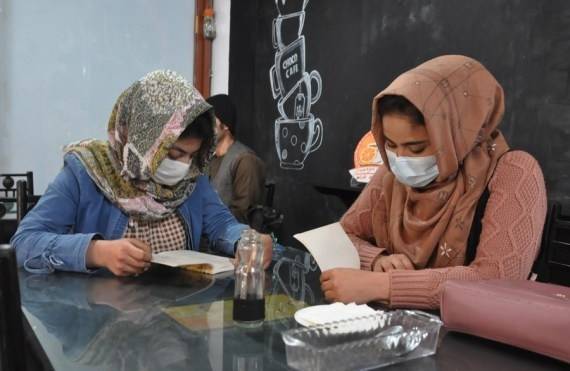
She said six female journalists worked in Jawzjan earlier, but all of them quit their jobs after the Taliban’s takeover. Some journalists managed to flee and others resigned their jobs, reported Pajhwok Afghan News.
Farida Amina, who worked as a reporter for Bawar News Centre, is now living in Germany. She said, “At this time, even male journalists are not safe in Afghanistan. The safety of women journalists is hard to imagine.”
She said, “I am thinking about the safety or my fellow journalists in Afghanistan because I could understand in what condition they live and how they are dealing with the situation.”
Benafsha Naeemi, Deputy Director of Information for Badakhshan, said earlier 18 female journalists worked for different local media outlets in the province. But after the regime change, their number has come down.
She said, “Some female journalists in the province, sensing threats from the Islamic Emirate, stay home and don’t want to continue with their activities anymore.”
Hujatullah Mujaddedi, Executive Director of the Free Journalists Association of Afghanistan, said the data collected by Reporters Without Borders (RSF) and the Afghan Independent Journalists Association (AIJA) showed under the current government, more than 40 per cent of media outlets had been shut and 80 per cent of women journalists rendered jobless.

The closures of media outlets and decreasing activities have had a significant impact on the work of women journalists.
He said 410 female media workers were presently active, compared to 2,490 before the return of the current government. (Of every five women, four are unemployed).
Based on the data, there are no female journalists in 15 provinces of the country.
On the other hand, Amanullah Nusrat, head of the Afghanistan Free Radio and Television Coordination Centre, said recent developments had affected all institutions, including media. As a result, many journalists have lost their jobs. (ANI)


